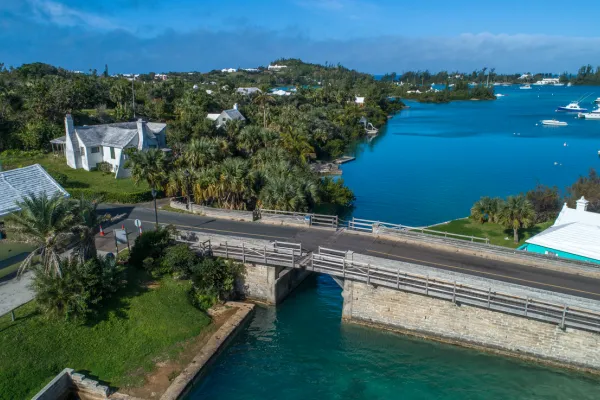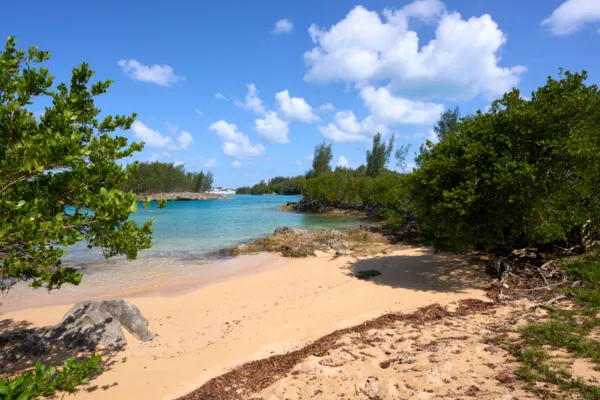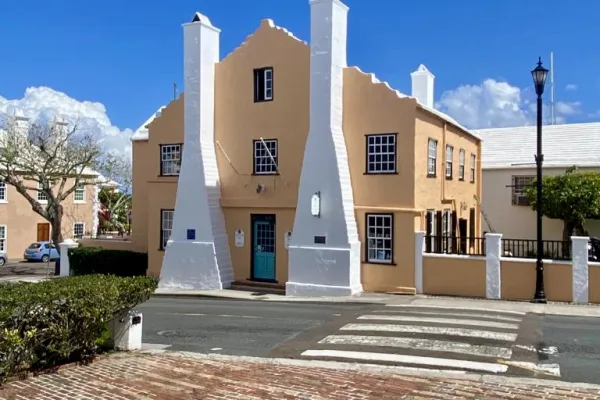Influences that Shaped Our Island
Bermuda first appeared on a map in the early 1500s, but its inhabitation started about 100 years later, following a shipwreck just offshore. The crew of the Sea Venture decided to stay put – was it out of necessity, or because they’d fallen in love with our island? Since those eventful early years, Bermuda has been part of some of the world’s most important events, attracting people from around the globe to its shores. Today, our island is home to more than 60,000 people, each with a story that adds to Bermuda’s captivating legacy.
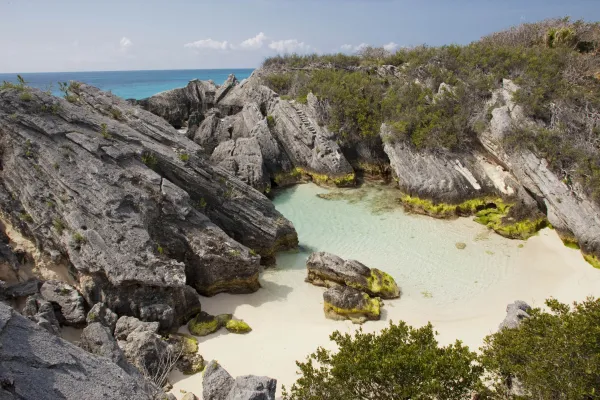
What’s In A Name?
Cast your mind back to 1511, and you'd find an island named "Bermudas" already gracing a Spanish map. It's believed this name honours Juan de Bermúdez, an acquaintance of the Spanish navigator Fernández de Oviedo, who sailed past our shores in the early 1500s, perhaps catching one of the first glimpses of this future paradise.


Bermuda's Emancipation
Beginning in the 1600s, Bermuda's story took a sombre turn as enslaved people were brought to the island. This included not only shipwrecked passengers and crews from captured vessels but also a significant number of African and Native American individuals, whose resilience helped shape the island's future.
The colony was administered by the Virginia Company until 1684, when the British Crown took over. A pivotal moment occurred in 1815, as the bustling capital city gracefully transitioned from historic St. George to the more central Hamilton. In 1833, a monumental shift transformed our island: slavery was officially outlawed throughout the British Empire, a landmark declaration that included the beautiful shores of Bermuda, forever changing its path. Nearly 200 years later, the first day of Cup Match is still recognised as Emancipation Day in Bermuda every summer – and it’s one of the biggest celebrations of the year.
Adventures at Sea
Due to its proximity to the United States and position between Europe and North America, Bermuda was a prime location for the British Royal Navy and other military activity for more than a century.
During the War of 1812 between the US and Great Britain, British troops deployed from Bermuda to take on Washington, DC and Baltimore. Bermuda was also part of military efforts during the American Civil War. In the Prohibition era, rum was smuggled to the U.S. from Bermuda.
One of the island’s most iconic hotel properties, the Hamilton Princess, played an important role in the military. During the Second World War, it housed a censorship station for British intelligence forces, including Ian Fleming and Sir William Stephenson, who many believe served as the inspiration for Fleming’s James Bond.
Bermuda was the site of many warship repairs and refurbishments during the first and second world wars. By 1951, the Royal Navy left Bermuda, and the Royal Navy Dockyard evolved into one of the island’s most beloved cultural destinations.
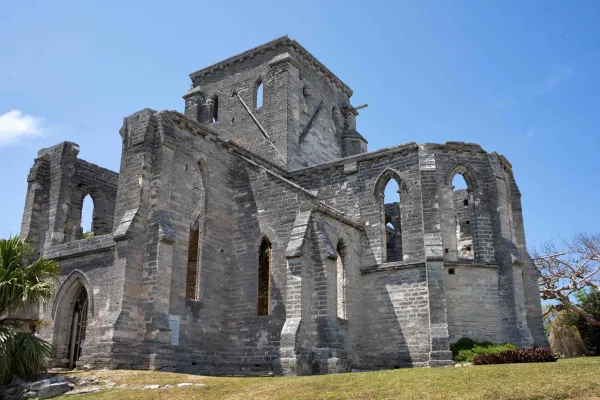
Historic Landmarks
The Town of St. George was once the capital city of Bermuda and is the earliest English colonial town in the New World. Along with numerous surrounding forts and sites, St. George is a UNESCO World Heritage Site, and many of its key features have been preserved for more than 400 years.
To see some examples of that preservation, pop into the Globe Museum, a landmark dating back to 1700 that beautifully captures 300 years of island life in St. George. In its early years it served as a home to generations of Bermudians, including enslaved families, and later operated as a hotel where Mark Twain famously enjoyed a meal. As you explore the town square, it’s hard to miss the bold red walls of the Town Hall building, which also houses an impressive collection of Bermuda cedar furniture.
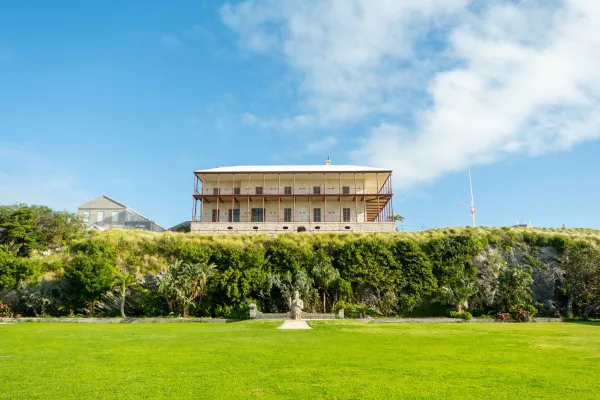
For a deeper dive into Bermuda’s early days, head to the National Museum of Bermuda and Bermuda Maritime Museum, both housed at the Royal Naval Dockyard. Here, you’ll find intriguing exhibits about Bermuda’s early days, including a vast, 1,000-square-foot Hall of History mural by Graham Foster, a Bermudian artist.
Another site of note is Gibbs’ Hill Lighthouse, dating back to 1846 and one of the oldest cast iron lighthouses in the world, offering incredible panoramic views. And on the eastern tip of the island, St. David’s Lighthouse continues its watch, a historic beacon in operation since 1879.


